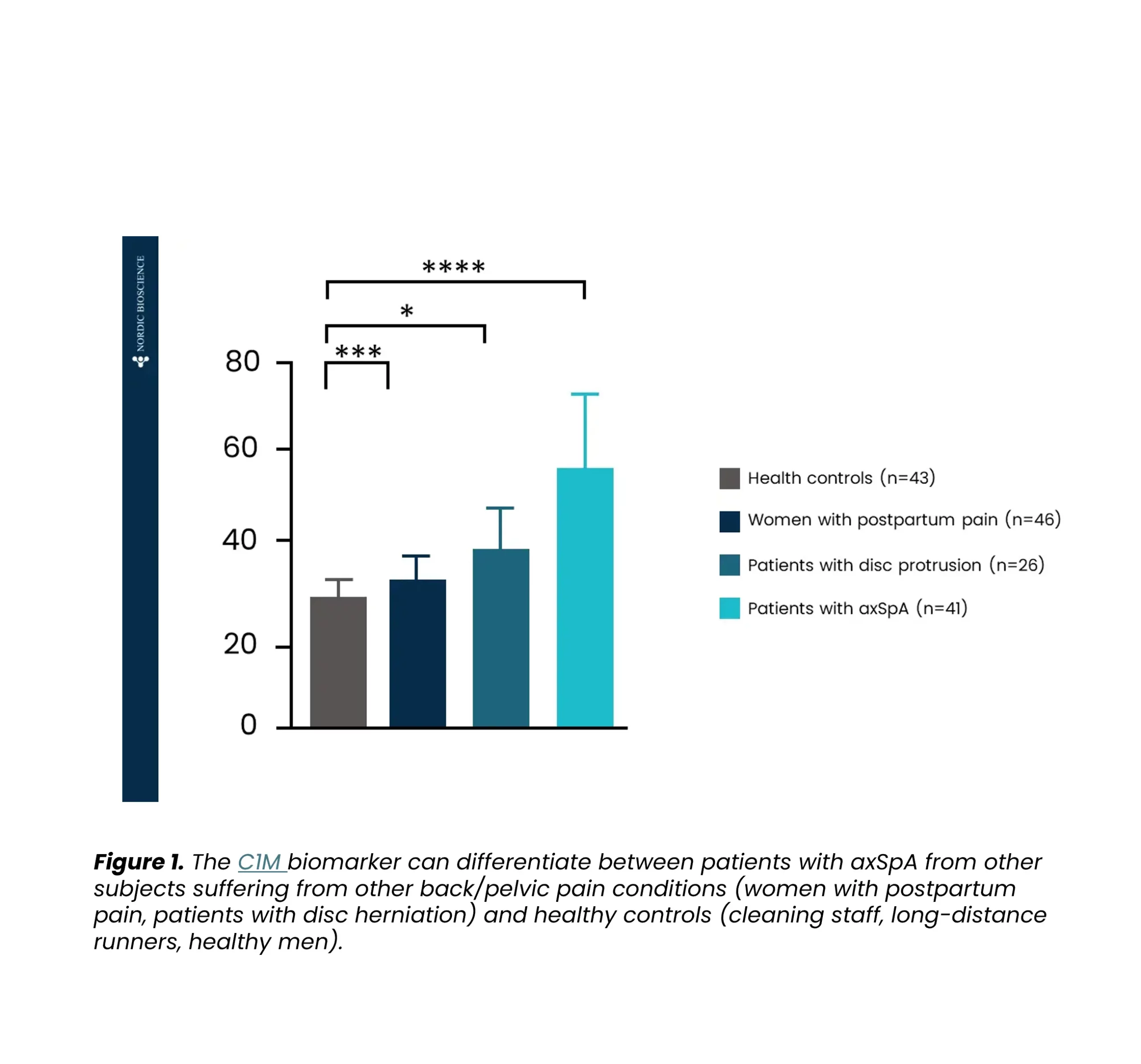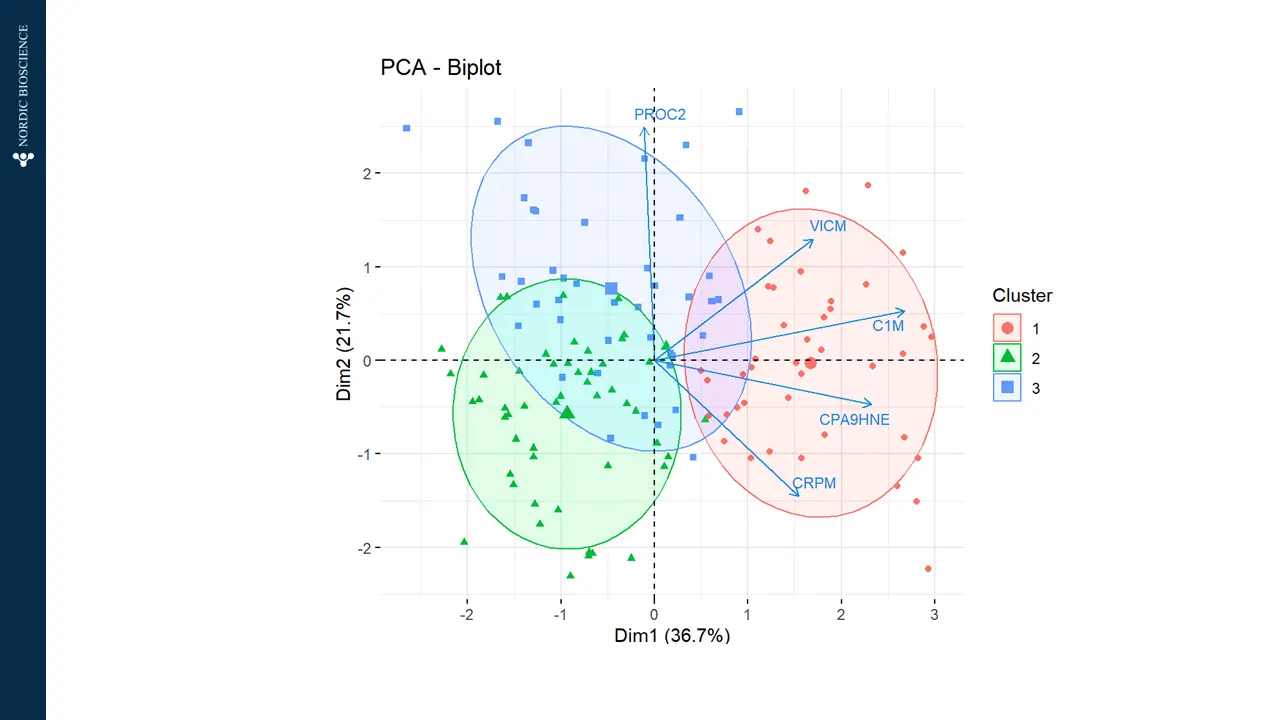Axial spondyloarthritis (axSpA) is a chronic inflammatory disease that mainly affects the axial skeleton including the spine and the sacroiliac joints. The hallmarks of axSpA are inflammation and new bone formation at the axial skeleton and entheseal sites (where tendons insert into the bone).
Inflammation takes place, accompanied by bone and cartilage loss with subsequent remodeling with new bone formation. Despite the advancements in drug development for axSpA in recent years, there is still unmet needs for a timely diagnosis and higher rates of response to treatment (with 40% of patients currently not responding to available therapies).









